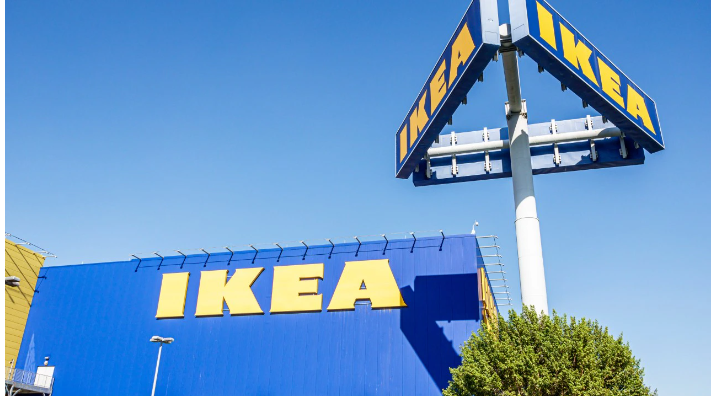29th February 2024
In early January of this year asbestos was identified at a new expansive park in Sydney, it was discovered after it was reported by a parent whose child had brought it home from the playground. The park was swiftly closed to remove all the recycled mulch and replace it. However, it was quickly determined that this mulch was supplied to multiple other locations across Sydney and testing was undertaken.
The number of sites grew throughout January and February as more sites were being identified daily. To date, approximately 38 sites throughout Sydney have been identified as having asbestos.
Then it was Canberra’s turn. In mid-February it was discovered that some of the contaminated mulch had been brought into the territory. WorkSafe ACT quickly moved to trace the mulch, with 35 sites known to have received the product. Licensed assessors were engaged to test these sites, as of the 28th of February, 27 of the 35 sites have been tested with bonded asbestos being found in 6 of these including a large area at a residential complex.
It is important that if you suspect any mulch around your home is contaminated, to not disturb, handle or dispose of any of the material, try to isolate it so far as possible and then contact WorkSafe ACT.
But should you be concerned?
The risk to the community is considered low, all the asbestos identified in the ACT so far has been bonded asbestos, contained within materials such as fibre cement. This means if it is not disturbed the risk to you or your neighbours is minimal.
However, if you would like to chat to one of our consultants regarding this, we are more than happy to take your call and put your mind at rest.











